#rococo artwork
Explore tagged Tumblr posts
Text

Jean-Honoré Fragonard, The Laundresses
#Jean-Honoré Fragonard#rococo artwork#pittura rococo#lavandaie#Laundresses#XVIII century#diciottesimo secolo#artisti francesi
0 notes
Text
My first yarn wig will always have a special place in my heart 🥰
#crochet#artist#crocheting#fiber art#yarn crafts#yarn#fiber artist#fiber crafts#cosplay#crochet cosplay#my crochet#my cosplay#my art#marie antoinette#historical fashion#crochet wig#wig making#wig#yarn ideas#crochet inspiration#cosplaying#cosplayer#rococo#textile art#fibre artist#fibre arts#craftblr#yarnblr#yarn art#artwork
2K notes
·
View notes
Text

Bed of tulips and vase of flowers at the foot of a wall (1744) by Jean-Baptiste Oudry
#art#art history#artwork#culture#history#painting#museums#vintage#curators#museum#flower art#flower aesthetic#floral#flowers#rococo
460 notes
·
View notes
Text

Jupiter and Callisto (1744) by Francois Boucher
232 notes
·
View notes
Text



#rococo#historical fashion#fashion#historical#history#historical clothing#historical dress#long dress#textiles#dress#ball gown#gown#high fashion#fahsion#18th century fashion#old fashioned#1700s fashion#1700s#18th century#artwork#etsyshop
519 notes
·
View notes
Text

The Cast Iron Bridge near Coalbrookdale (1780) by William Williams
#art#art history#painting#artwork#museum#museums#history#culture#vintage#american art#rococo#cityscape
155 notes
·
View notes
Text

Marguerite Gérard (1761-1837) "The Reading of the Gazette" Oil on canvas Rococo
#paintings#art#artwork#genre painting#genre scene#marguerite gérard#marguerite gerard#oil on canvas#fine art#rococo#french artist#woman artist#women artists#female artists#female portrait#portrait of a woman#clothing#clothes#garden#child#children#side profile#read#reading#early 1800s#early 19th century
382 notes
·
View notes
Text
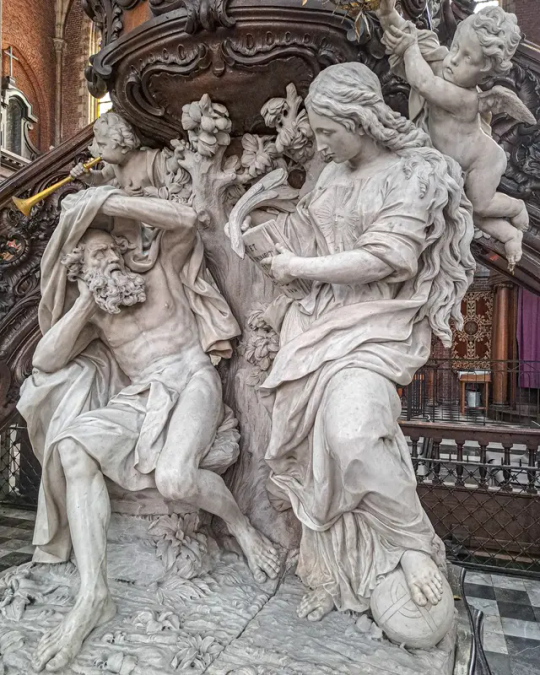
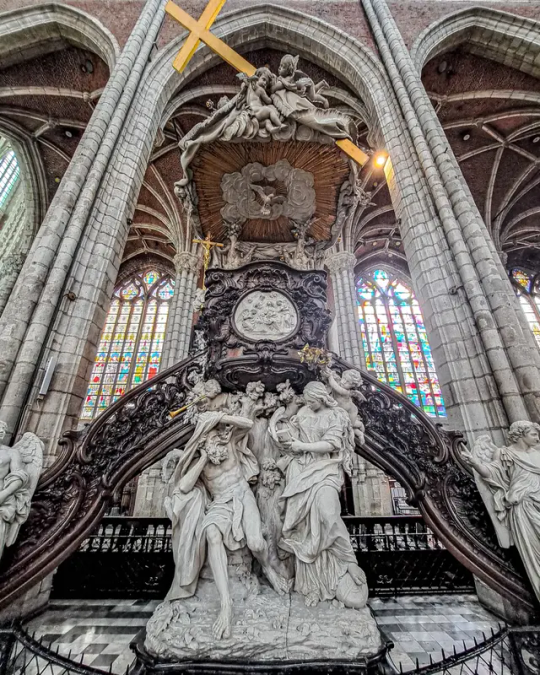
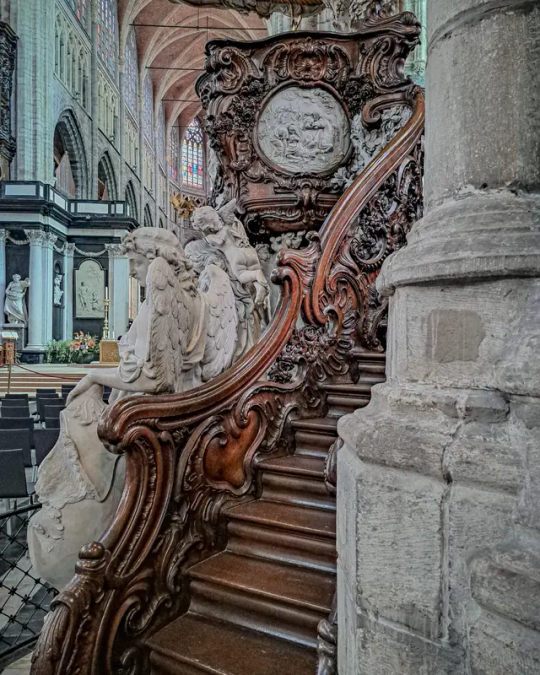
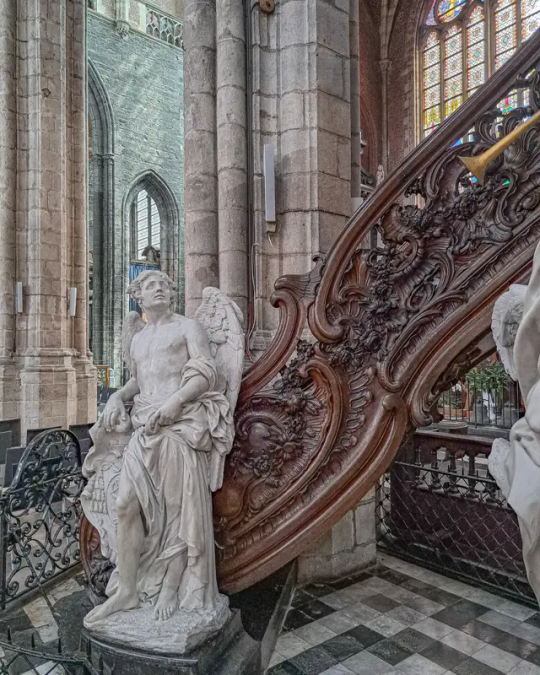






The pulpit at the Saint- Bavon's Cathedral (Sint-Baafskathedraal) in Ghent, Belgium.
Rococo pulpit made by Laurent Delvaux in 1741. The statues represent the blessing of the truth over error. Made of (white and black) Carrara marble and Danish oak, with gilded wood and wrought iron fence, made by J. Arens. The pulpit could be realized with money from Bishop Triest's fund. Laurent was commissioned by the Chapter of Sint-Baafs. The contract between both parties was signed on March 6, 1741.
As early as 1719-1720, the cathedral's clergy had a plan to replace the old pulpit, previously donated by Viglius Aytta, with a new work of art. In 1738-1739 and later, Van der Brugghen from Antwerp, Theodoor Verhaeghen from Mechelen and Laurent Delvaux from Nivelles made a design for a new pulpit. The latter's model was accepted for execution by the Ghent chapter, which concluded a written agreement with the sculptor on March 6, 1741. It precisely described which materials should be used, namely Danish oak and white Italian marble, and what the artwork should look like. In 1745 Delvaux had completed his work.
That pulpit, rightly regarded as a very representative piece of rococo church furniture in Flanders, has been elaborated on a rather large scale. The viewer's gaze is immediately drawn to the allegorical marble sculpture group under the tub, depicting Truth and Time. The Truth, in the form of a beautiful young woman in a graceful pose, holds a bulky, open book in her hands. Her beautifully arranged robe, which the artist managed to portray in a striking way, captures the movement of her long flowing hair. The globe under her right foot means that truth is higher and worthier than all other goods. The sun, shining on her breast, wants to show that Truth is a friend of light and that she looks up to God, without whose light there is no truth. The woman is crowned with a laurel wreath, the sign of victory. The book in her hands contains the following sentence from a speech by Paul to the inhabitants of Ephesus: 'Awake, you sleeper; rise from the dead, and Christ will give you light” (V, 14).
With her graceful body, slightly turned towards him, Truth turns towards a winged man, who foretells Time. He is winged because the proverb says: time flies. The old man sits on some blocks of stone and leans against a tree that supports the pulpit. He is awakened from his sleep by a putto blowing a trumpet, and lifts the veil that hid the Truth from him. People noticed his expressive head with striking play of light and shadow in the spirit of the late Baroque. For centuries, humanity was ignorant of Christ's message of salvation. She didn't see the Truth. Now Time throws off the veil that hindered his 'insight'. Instructed by the Truth, he is inspired by the divine Word, which is symbolized by the putto with the trumpet.
The entire group, inspired by an unfinished work by the Italian sculptor Bernini, is very balanced. The successful contrast between the youthful and lovely woman and the muscular old man, their posture and their draping testify to the artist's talent.
The branches of the tree swing smoothly around the pulpit, which is decorated with numerous rococo motifs and four medallions in relief. Three of these are explicative representations of the victory of Truth over Time and are therefore closely related to the group of images at the bottom. At the front we get the birth of Christ surrounded by angels and cherubim. This represents the Light among people. On the right the conversion of Paul is depicted, who was struck blind on the way to Damascus.
On the left is the conversion of St. Bavo. His eyes opened and he saw. After all, he was moved by the preaching of Saint Amandus and withdrew into a hollow tree in prayer. The last medallion on the back features the bust of Bishop Antoon Triest. The draped sounding board with a dove in a halo at the bottom is supported by two apple trees. On the sounding board, two angels hold a large cross, whose sleek surfaces contrast sharply with the playful branches of the tree. A third angel takes the apple from the mouth of a serpent that is writhing in the tree. At the entrance to each staircase there is a life-size angel on the inside with the coat of arms of Bishop Triest, thanks to whose fund it was possible to have this sculpture executed. The banister with its graceful curves and its lush and playful shells on the parapet is a beautiful piece of rococo in itself. The entire pulpit should not necessarily be viewed from any one point. It is conceived as an image that can be admired from all sides, without the composition losing value. (Source: Erik Duverger)
#gent#ghent#ghent belgium#flanders#vlaanderen#belgium#church#art history#sculpture#pulpit#artwork#sculptor#rococco#rococo#religion#catholic#cathedral
150 notes
·
View notes
Text

Church Street, Oswestry, Shropshire (1779) by William Williams
104 notes
·
View notes
Text

Wolf Hunt in the Forest of Saint-Germain (1748) by Jean-Baptiste Oudry
63 notes
·
View notes
Text
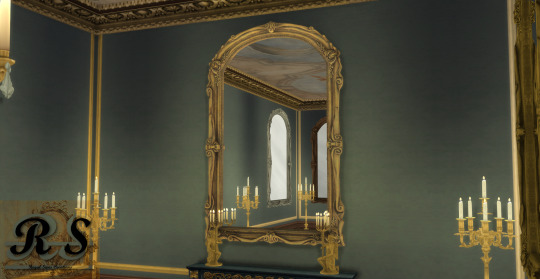

My Rococo Mirror for TS4 has been released download @ Regal Sims or at Curse Forge
#regalsims#ts4 cc#ts4cc#ts4 custom content#ts4 history cc#ts4 historical#ts4 1700s#ts4 rococo#ts4 baroque#ts4 regency#ts4 royalty#ts4 royal family#ts4 simblr#ts4 18th century#rococo#baroque#regal sims#wall art#art history#artists on tumblr#artwork#art#my art#historical#history#architecture#16th century#ts4 17th century#17th century#1700s
150 notes
·
View notes
Text
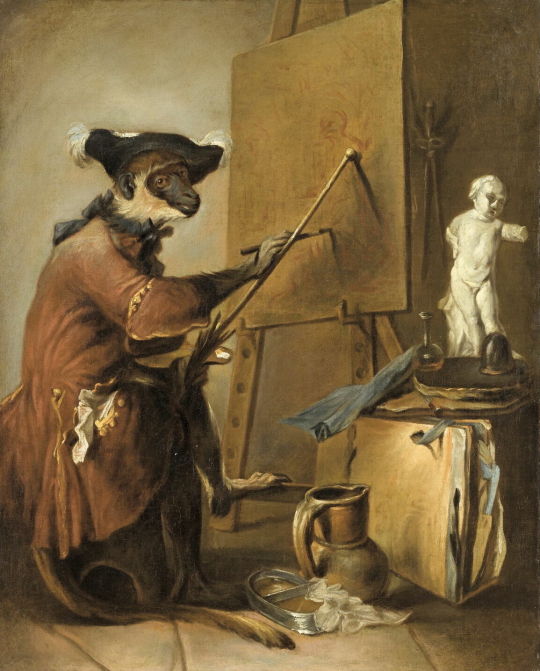
Jean-Baptiste-Siméon Chardin (French, ) • The Monkey Painter • 1739-1740
Although not a self-portrait in the true sense, I'm including it here because it's so fascinating. The monkey is the artist as subject, gazing away from the canvas at what is perhaps the subject it is painting.
Firstly, there is the Rococo era's obsession with paintings of monkeys. Called Singerie, it is a French term describing visual arts depicting monkeys engaged in human activities. It was at the height of its popularity in mid 18th century France. It is said that even Madame de Pompadour succumbed to the monkey craze!
Secondly, this work serves as a commentary on the state of art and artists in French society at the time. Chardin was a member of the French Royal Academy, yet he was critical of the academy's narrow-minded attitudes toward what was considered art worthy of its stamp of approval. This archaic focus begged the question – does the Royal Academy want artists that can think critically, or does it simply want imitators of their narrow rules? Hence, a monkey can be trained to paint but a true artist analyzes and discerns myriad aspects of their subjects.

Pierre-Louis de Surugue (French, 1716–1772) • The Monkey Antiquarian • 1743 • after Jean-Baptiste Siméon Chardin
The Monkey Painter and the print above were frequently reproduced. The caption here translates: "In the obscure maze of ancient monuments Why, learned man, do you put yourself to so much trouble? For truly philosophical eyes, our century Provides enough to keep one busy."
#art#art history#painting#oil painting#pierre-louis surugue#prints#art prints#john baptiste siméon chardin#french artist#the monkey painter#rococo monkey craze#singerie#18th century european art#the canvas mirror art blog#art blogs on tumblr#art lovers on tumblr#artwork
75 notes
·
View notes
Text

The Guitarist by Jean-Baptiste Greuze (1725 - 1809)
855 notes
·
View notes
Text
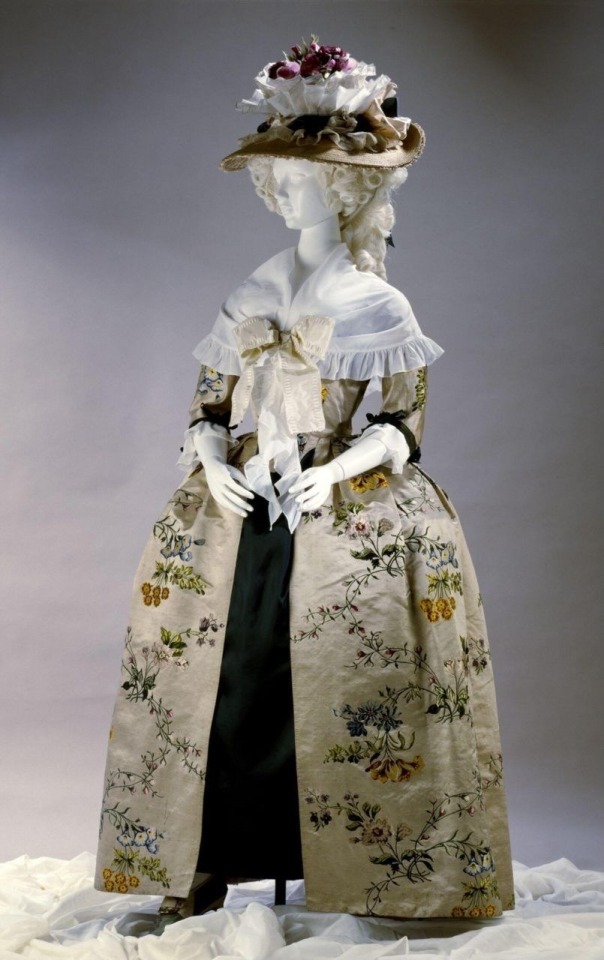
Anna Maria Garthwaite (English, c. 1688-1763). Gown, ca. 1740s. Brocaded satin in coloured silks. London: Victoria and Albert Museum, T.264-1966. Given by Mrs Olive Furnivall.
#historical fashion#fashion#historical#history#historical clothing#historical dress#long dress#textiles#textile#1740s#1700s art#early 1700s#1700s fashion#18th century art#18th century fashion#18th century#artwork#old fashioned#high fashion#dress#dresses#rococo
233 notes
·
View notes
Text

The Treaty of William Penn with the Indians (1772) by Benjamin West
#art#art history#painting#artwork#museum#museums#history#culture#vintage#american art#rococo#history painting
67 notes
·
View notes
